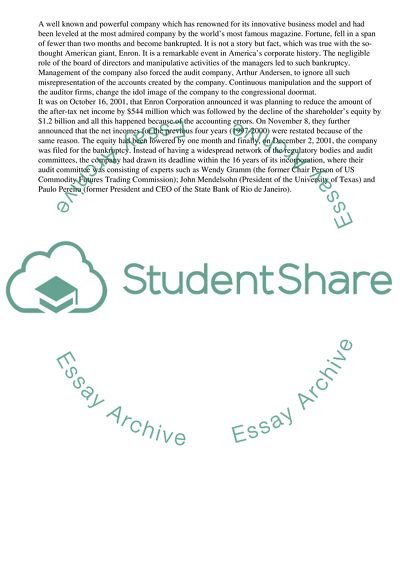Cite this document
(Enron Fraud: Effects of the Scam on the Stakeholder Case Study, n.d.)
Enron Fraud: Effects of the Scam on the Stakeholder Case Study. Retrieved from https://studentshare.org/business/1739631-enron-fraud
Enron Fraud: Effects of the Scam on the Stakeholder Case Study. Retrieved from https://studentshare.org/business/1739631-enron-fraud
(Enron Fraud: Effects of the Scam on the Stakeholder Case Study)
Enron Fraud: Effects of the Scam on the Stakeholder Case Study. https://studentshare.org/business/1739631-enron-fraud.
Enron Fraud: Effects of the Scam on the Stakeholder Case Study. https://studentshare.org/business/1739631-enron-fraud.
“Enron Fraud: Effects of the Scam on the Stakeholder Case Study”, n.d. https://studentshare.org/business/1739631-enron-fraud.


